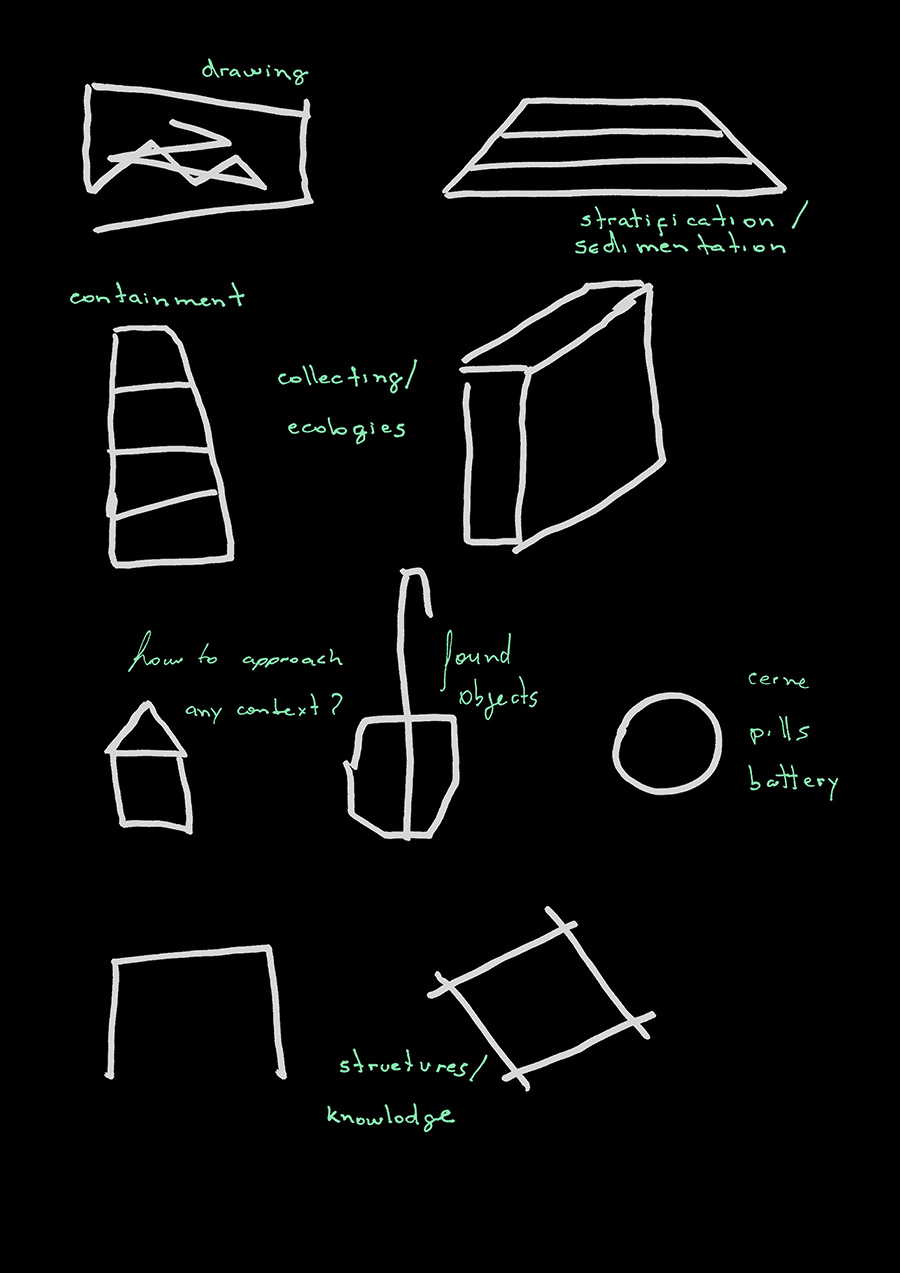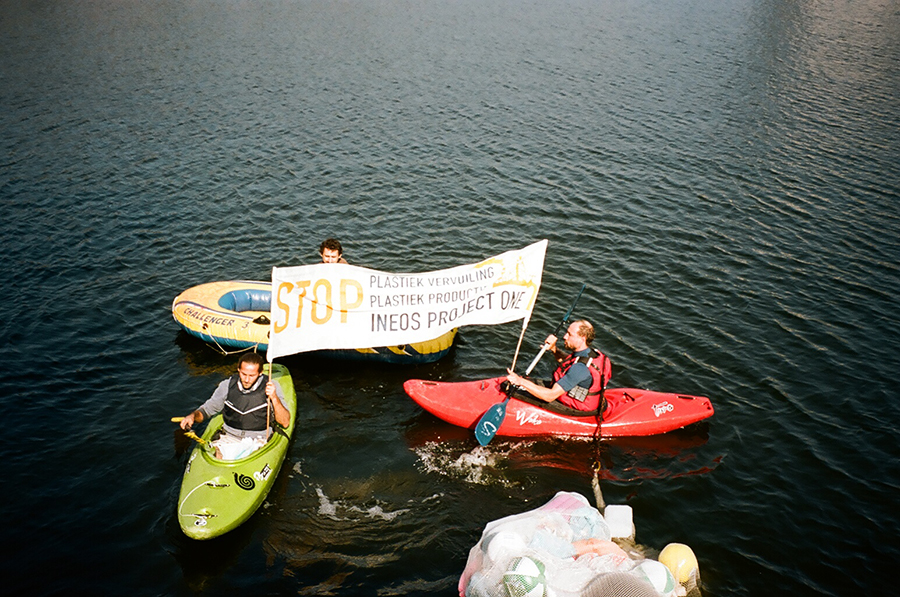FTMWSIM
From the Top of the Mountains We Can See Invisible Monuments
Research project | FCT/CEEC Individual
Artistic Practice, Politics and Social Engagement- Referência
- 2022.05800.CEECIND
- Período
- 03.01.2023 — 02.28.2029

Transnational artistic investigation on landscape environmental changes caused by infrastructure space
The research project “From the Top of the Mountains We Can See Invisible Monuments” aims to address the problems of scale, dimension and global effects of the climate crisis through research in the Visual Arts field and using artistic practices such as graphic technics, sculpture, installations and archive.
Just as an engaging critical debate about the presence of monuments of colonial impact in the public space emerged, and subsequently, conceptualizing these symbolic objects to resume a narrative of power and memory, this research aims to reflect on the problems that current and future constructions will cause on territories when environmental preservation is not favored over the production of wealth.
This project intends to build structures of visibility and communication in response to other complex structures called “infrastructure space” that avoid taking responsibility for damaging the environment.

The GRAMMAR (2023) piece is intended to function as an index for the project, guiding different programs identified by the icons, making visible narratives and complex processes that are difficult to perceive linearly. A visual strategy that contemplates archaeological pieces such as “Palermo Stone” (probably Fifth Dynasty of Egypt c. 2392–2283 BCE) and South American Amerindian thought such as Sumak Kawsay and Teko Porã about perceiving nature and the world we inhabit as a cosmological unit.
This project considers that the work organized by social movements presents acceptable methods to guarantee a preserved environment. For instance, from the practices and strategies of social movements and activist groups, we will analyze in the coming years, in Portugal, the case of the first concession of Agricultural Heritage as a strategy of resistance to the lithium and wolfram industry in the Alto Tâmega region.
As in Belgium, the project intends to accompany the activities of the Ineos Will Fall collective that seeks to oppose the policies of one of the largest plastic production industries in the world.
In Brazil, the project will accompany the Ecobarreira project that removes garbage from the Iraí watershed, part of the Guarani Aquifer, the second largest on the planet. In addition to following the dynamics of the land reform struggle and sustainable agricultural production strategies of the MST Antonina (Movimento dos Sem Terra de Antonina), in a decolonial historical perspective of local conflicts.
It is also considered approaching the dynamics of the Movement of People Affected by Dams (MAB), among other organized multitudes that cross over during the project’s development, as well as seeking approximation and articulation between the different projects under development within the i2ADS. The project “From the Top of the Mountains We Can See Invisible Monuments” aims to evaluate and promote the development of a network for sharing knowledge and redirecting production and economic processes.


Activist action by the Collective Ineos Will Fall, Antwerp, Belgium, 2021. Images were taken during a protest against the plastic industry in the city’s old port area, in front of the Museum aan de Stroom, for the artist residency project “It’s already night / no light above the horizon”, in collaboration with Samenschool and MHKA Museum. Research analog images, Orlando Vieira Francisco.
This project is supported under the Individual Call to Scientific Employment Stimulus – 5th Edition (CEEC/FCT 5th Edition) program of the Foundation for Science and Technology of Portugal to integrate the i2ADS research platform for the years to come.
To contribute to a critical reflection on the current climate crisis at an activist and social responsibility level, this research project proposes to visualize new territories and instigate the collective imagination toward sustainable possibilities of coexistence, sometimes in low-density territories beyond the perimeters of cities. These are some of the expectations that this research project welcomes in the sense that the production of space responds to essentially social and environmental aspects. These expectations align with the assertions that we are living in a period of the climate crisis and must strengthen other ways of living in the community.
The dialogue and socialization strengthen a network of activism and denunciation of extractive structures that do not adapt to the new sustainable agency planned to contain the climate crisis. It will be necessary to recognize this “agency” that guides a collective language through dialogue with social movements and activists, thus bringing possible new positions on what it means to think about the public space, the heritage, and overseeing the limits of natural resources and the rural environment.
doi: https://doi.org/10.54499/2022.05800.CEECIND/CP1767/CT0001
- Institutions
Research Institute in Art, Design and Society (i2ADS)
Principal investigator
Orlando Vieira Francisco